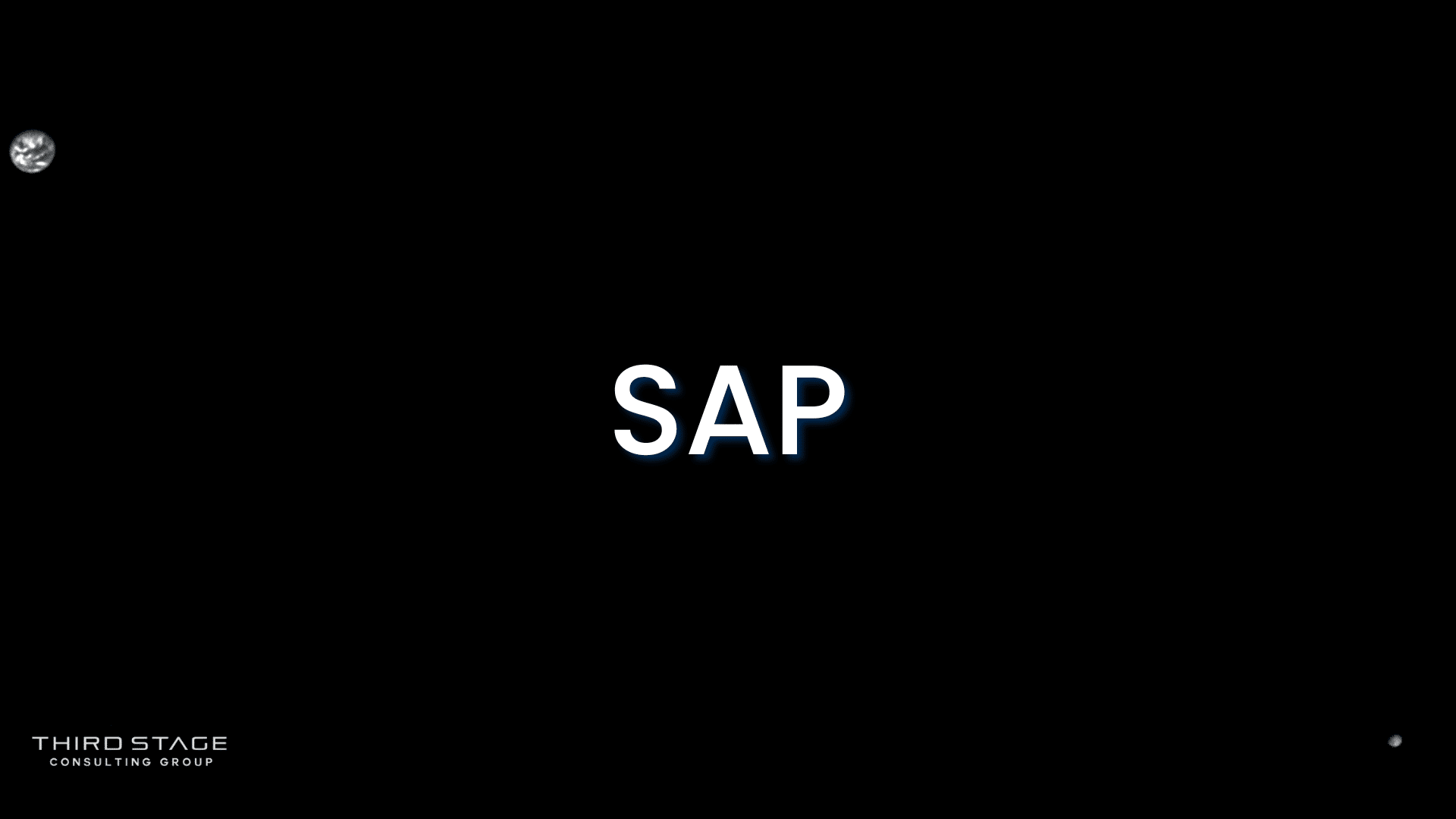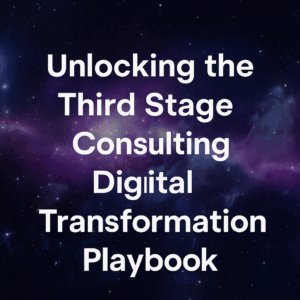The world of enterprise software is facing a growing crisis—an alarming shortage of skilled SAP consultants. As businesses scramble to upgrade their legacy systems to S/4HANA before the 2030 deadline, the demand for experienced resources is far outpacing supply. But what does this mean for businesses implementing SAP? And does this shortage contribute to the rising number of catastrophic failures in SAP projects?
The answer is a resounding yes.
Table of Contents
ToggleThe Forced Migration to S/4HANA: A Bottleneck of Demand
SAP has set a firm 2030 deadline for customers to migrate from ECC and R/3 systems to S/4HANA or risk losing official support. This has created an artificial spike in demand, forcing thousands of organizations to upgrade within a short timeframe—whether they’re ready or not.
For SAP, this strategy is highly profitable. However, for businesses, it presents a perfect storm of risks:
- A shrinking pool of qualified SAP consultants: There simply aren’t enough skilled resources to meet the skyrocketing demand.
- Rushed implementations: Companies are under pressure to complete massive ERP overhauls before the deadline, often cutting corners in planning and testing.
- Competing internal priorities: Businesses have to balance migrations with ongoing operations, stretching their internal teams too thin.
The result? More failed and chaotic implementations.
Why SAP Implementations Are Becoming More Catastrophic
SAP projects are already notorious for complexity, requiring extensive customization, cross-departmental collaboration, and longer-than-expected timelines. The current resource shortage is only making matters worse.
Here’s how the shortage directly contributes to failures:
1. Inexperienced Consultants Taking the Lead
With top-tier SAP consultants booked solid, companies are often left hiring less experienced or unqualified resources. This leads to poor decision-making, misconfigurations, and expensive rework down the line.
2. Higher Costs, Fewer Options
With demand skyrocketing, consultants are charging premium rates, making it difficult for mid-sized and smaller businesses to afford quality talent. Those that opt for cheaper resources often pay the price later in delays and failures.
3. Rushed Implementations and Unrealistic Timelines
Companies under pressure to meet the 2030 deadline are skipping essential steps like proper business process mapping, testing, and change management. A rushed implementation always leads to problems post-go-live.
4. Internal Teams Overwhelmed and Undertrained
In the absence of external experts, businesses are relying more on internal IT teams—many of whom lack the necessary SAP expertise. This creates knowledge gaps that can derail the implementation.
The Next 3-5 Years?
Given these factors, the number of SAP project failures is likely to increase in the next three to five years. Many organizations will either:
- Miss the 2030 deadline and be forced into unsupported legacy systems.
- Rush their implementation and suffer major disruptions post-go-live.
- Spend millions on rework after an unsuccessful first attempt.
What Businesses Can Do to Avoid Becoming Another SAP Disaster
Despite these challenges, companies can still execute a successful migration with the right strategy. Here are key steps to mitigate risks:
✅ Plan Early & Secure Top Talent Now
Waiting until 2028 or 2029 to start your SAP migration is a recipe for failure. Start now to lock in experienced SAP consultants before the talent pool shrinks further.
✅ Resist the Vendor-Driven Timeline
SAP’s 2030 deadline is their priority, not yours. Implement on your own timeline, focusing on business readiness rather than vendor pressure.
✅ Invest in Internal Training & Change Management
Prepare your internal teams before the go-live by investing in SAP training and change management. A knowledgeable workforce can reduce reliance on external consultants.
✅ Prioritize Business Process Optimization
SAP migration is not just an IT upgrade—it’s a business transformation. Companies should use this opportunity to redesign inefficient processes rather than simply replicating outdated workflows in S/4HANA.
✅ Work with Independent ERP Experts
Avoid relying solely on SAP-recommended system integrators. Independent ERP consultants can offer unbiased guidance, ensuring your migration is aligned with business goals rather than vendor sales targets.
Final Thoughts
The SAP consultant shortage isn’t just a staffing issue—it’s a direct contributor to implementation failures. With an artificial demand surge, limited expert resources, and rushed projects, the landscape for SAP implementations is more treacherous than ever.
Businesses that fail to plan strategically will likely join the growing list of SAP disasters in the coming years. Those that take control of their ERP journey, invest in expert guidance, and prioritize business alignment will be the ones who successfully navigate this challenge.






